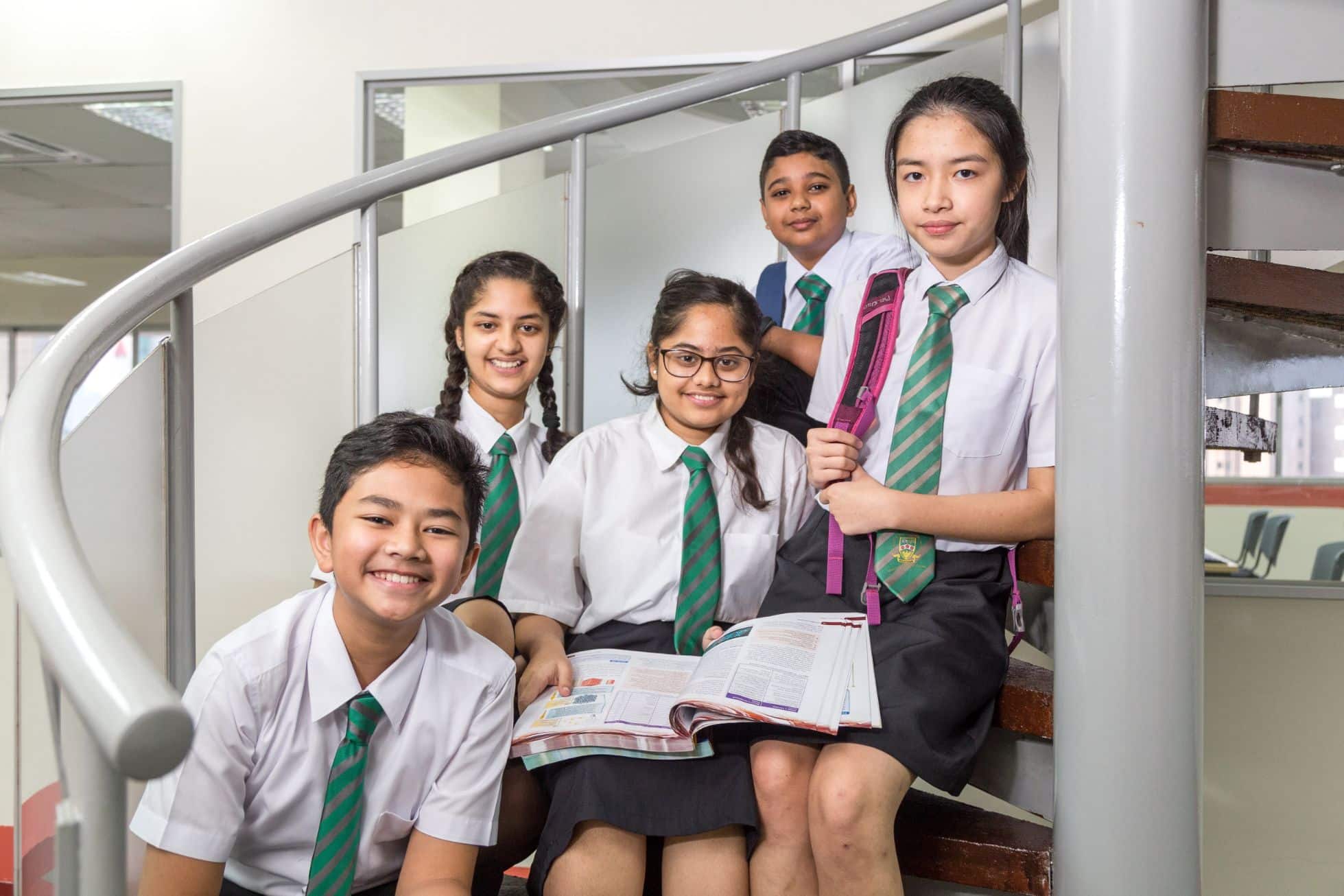Today’s modern engineering feats like solar panels and wind turbines help create a more sustainable future for everyone. So ubiquitous in our lives that many of us no longer notice them. It is critical to educate the public about these technologies and the engineers who created them.
Growth in the green industry means growth in new discoveries that bring environmental solutions and work possibilities. Innovative green energy sources and eco-friendly transportation are only a few possibilities available in the coming decades. And who better to fill those future posts than today’s students?
We know they care about the environment. How can we channel this energy and transform it into a desire to work as green engineers?
Greening Design and Technology Careers
Lessons in design and technology (DT) are a great place to start. However, many schools do not often go far enough in integrating environmental issues.

Many schools continue to teach DT through crafts such as constructing wooden chairs and birdhouses. Thereby it is vital to include a topic to extend the concept of sustainability beyond the fundamental concept of environmental courtesy.
Problem-Solving
Andy Thomson, director of design technology and engineering at London’s Highgate School, concurs. “We need to prepare them up for a way of life: it’s understanding which logos to look out for in terms of sustainable forestry when shopping or knowing which plastic to recycle,” he says of classic DT products. We must incorporate climate change into the classroom and make students aware that their actions have consequences.
“Students need to understand that there is a broader world out there and that they have a role to play – and we need to equip them with the tools to help it.” “Because engineering is problem-solving, let’s design a product to filter water or generate renewable energy,” he says.
Environmental Sustainability
Students in Year 6 design and build electric automobiles while Year 5 build and care for a wildlife sanctuary. In contrast, Year 9 builds small wind turbines, and Year 10 upcycles discarded household materials like copper pipes or an old guitar to produce lamps.

Thomson advises cooperating with green engineers and other scholars to make existing projects more sustainable. “When pupils see role models, they see a clear path to success.” Discussions regarding sustainability, design, and engineering are really beneficial. “I use social media to connect with other educators who are making a difference in this field.”
Accessibility and Suitability
Engineers need to be accessible to young people, says Engineering UK’s jobs director Eleanor Eyre. “Engineering isn’t as well known as medical or legal careers,” she explains. Then we’ll make it a daily habit. Discourse strengthens and propagates it.
In addition to case studies, teachers can use quizzes to get students thinking about their hobbies and how it influences the type of engineer they become in the future. Future, You call them “future savers” or “universe explorers.”
There are various ways teachers may help students become future engineers and thereby combat climate change.








